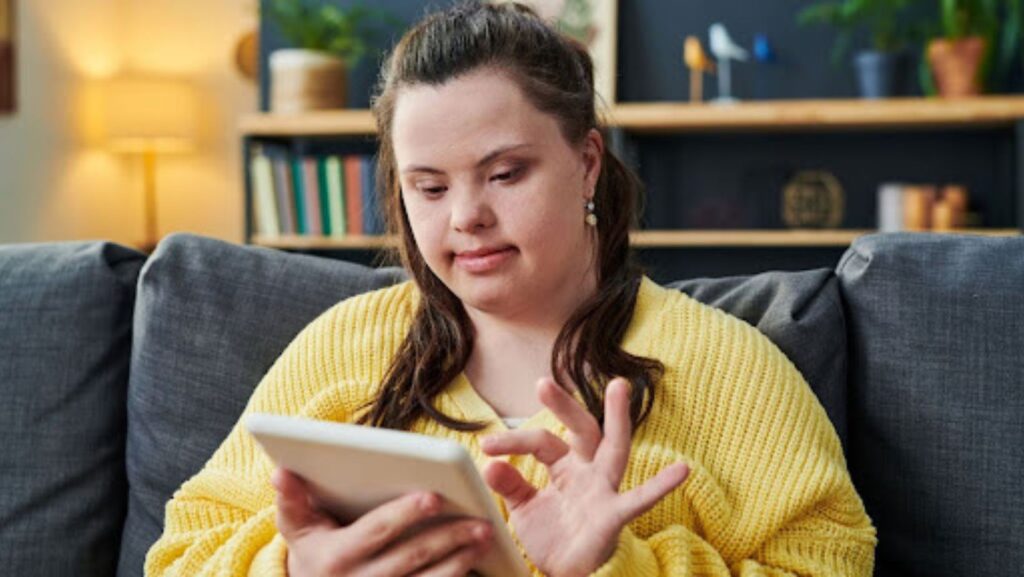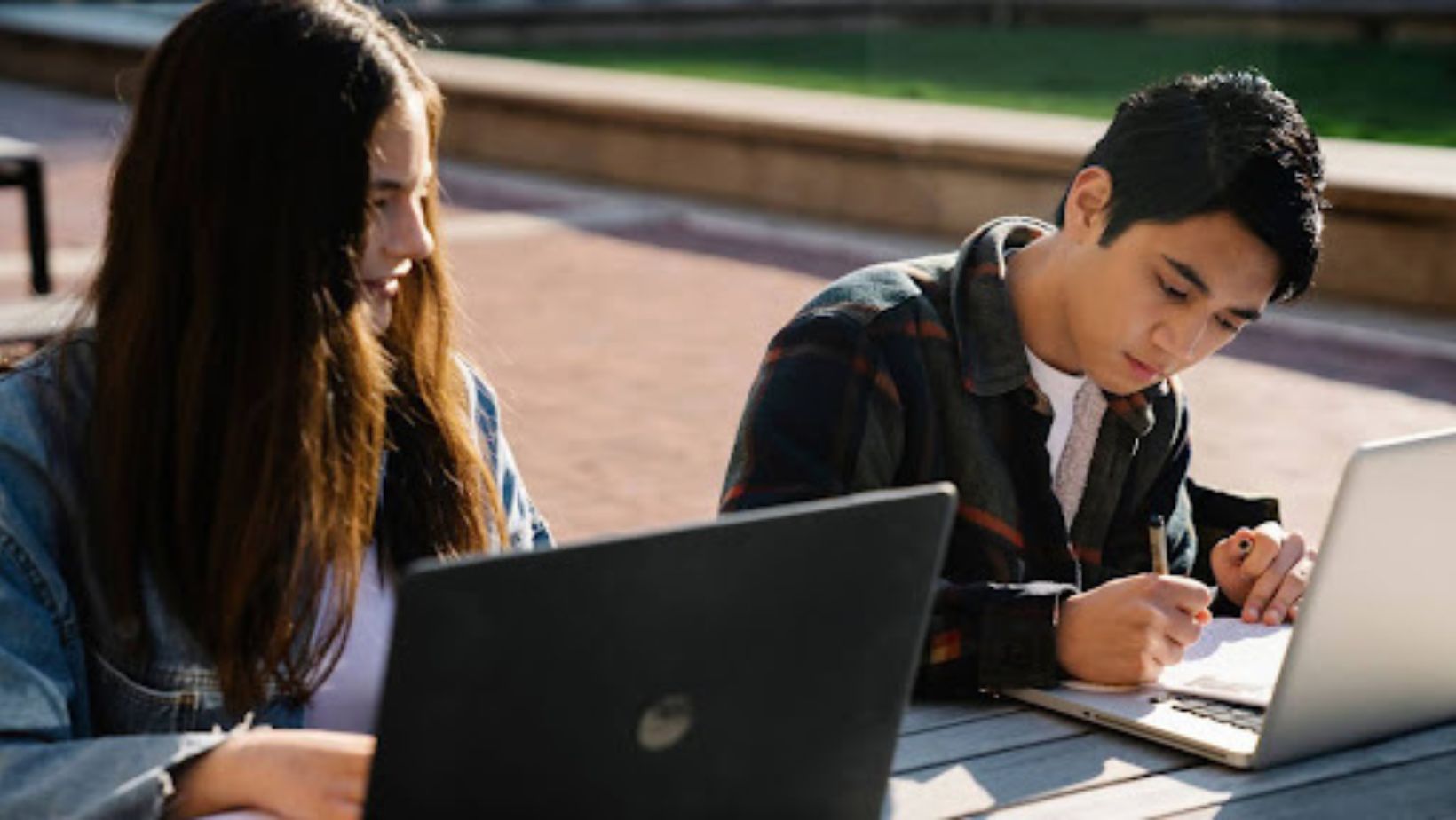In 2024, technology continues to cross boundaries by facilitating the creation of more gadgets for students to empower learning experiences for those with disabilities. What’s more, it isn’t simply about access; it’s about helping learners with special needs to operate as independently as their peers. Here are some of the gadgets we are looking into.
Smart Glasses for Visual Impairments
Unlike the original prototypes, modern smart glasses are no longer just an extension of the smartphone. Wearers with visual impairments can use AI to interpret video clips, text, and graphics into speech in real time. Imagine reading that text aloud if you’ve ever sat in a classroom trying to squint your way through a teacher’s whiteboard. Imagine being able to recognize the faces and expressions of your classmates. If a student has the means to use this technology, it promises an unprecedented degree of independence in their interactions with the physical and social educational landscape.
Advanced Prosthetic Devices
Prosthetic technology is more functional and affordable than a decade ago, with touch-sensitive fingertips and motor-controlled ambulatory devices designed with touch points and grips for the classroom setting. These prosthetics have been invaluable so that students can perform laboratory experiments, participate in physical education, or perform normal daily activities that might require another person to help.

The important point is that technology is being integrated into the individual so that the school or university can carry out normal school-day activities. These devices enhance the student’s capabilities, not a limitation.
Portable Language Translators
Deaf students commonly struggle with communicating with others. In recent versions, portable language translators can transform spoken words into text in a split second, and some of them can identify sign languages through AI cameras. These devices can be especially useful in group discussions and one-on-one interactions, as they help students with hearing disabilities not feel left out of the conversation.
Wearable Focus Trackers
Focus trackers measure brain activity to indicate when a student is losing concentration. These devices provide just-in-time feedback for students with ADHD or other cognitive impairments to help them self-manage their attention. A simple app indicates, in real time, when a student has lost focus or is returning attention to a task, along with suggestions as to how they can regain that focus.
Students with disabilities often struggle with losing focus while studying. They can outsource some of their assignments using UKwritings or another good essay writing service. This way, they can deliver assignments as fast as their peers, even when they would otherwise be behind.

Adaptive Keyboards and Input Devices
Specially adapted input devices can allow students who have motor disabilities, which could make typing using conventional keyboards and mice difficult, to write and use a computer. These adapted keyboards could have keys of larger size, layouts made to order, or touch-sensitive screens that ‘map’ to the individual’s physical capabilities. Other keyboards include eye-tracking devices by which the student types using only eye movements. Faced with a device whose purpose is to allow you to interact appropriately with it, you are more likely to find a way to let it help you access learning.
Empowering Independence and Inclusion
These devices are not merely devices but gateways to confidence, independence, and educational parity. They can help to compensate for some of the deficit of access that students with disabilities have traditionally faced. If such equipment can be introduced into familiar educational processes, it can help to give these students the power to come closer to the level of access they deserve.
Moving forward, it’s not only about creating more gadgets that compensate for some physical or sensory limitations but rather about creating a learning environment that is, by default, inclusive and flexibly responsive to more diverse needs. Let’s continue to push this agenda and ensure that any student who comes to school has the resources they need to learn effectively.

























































































